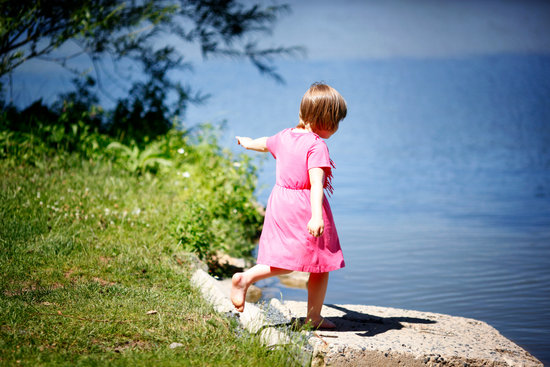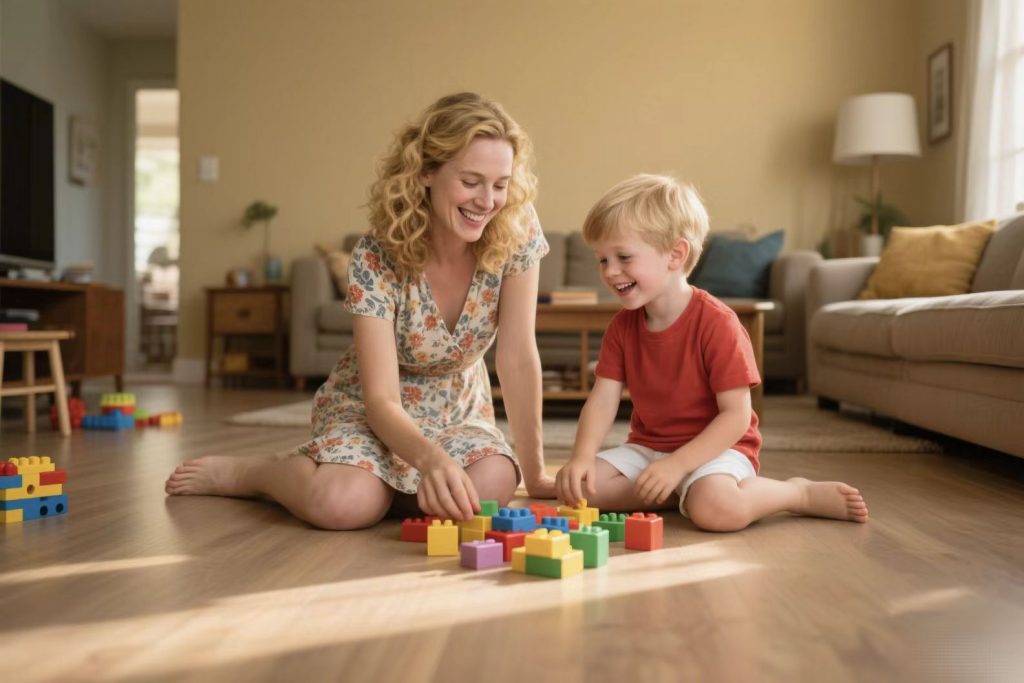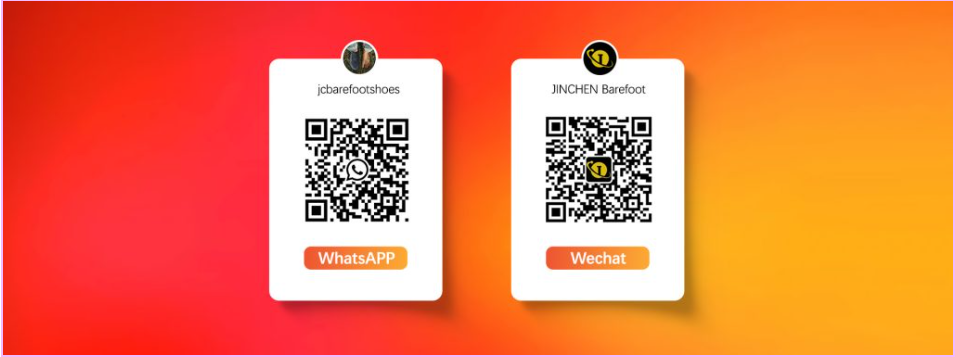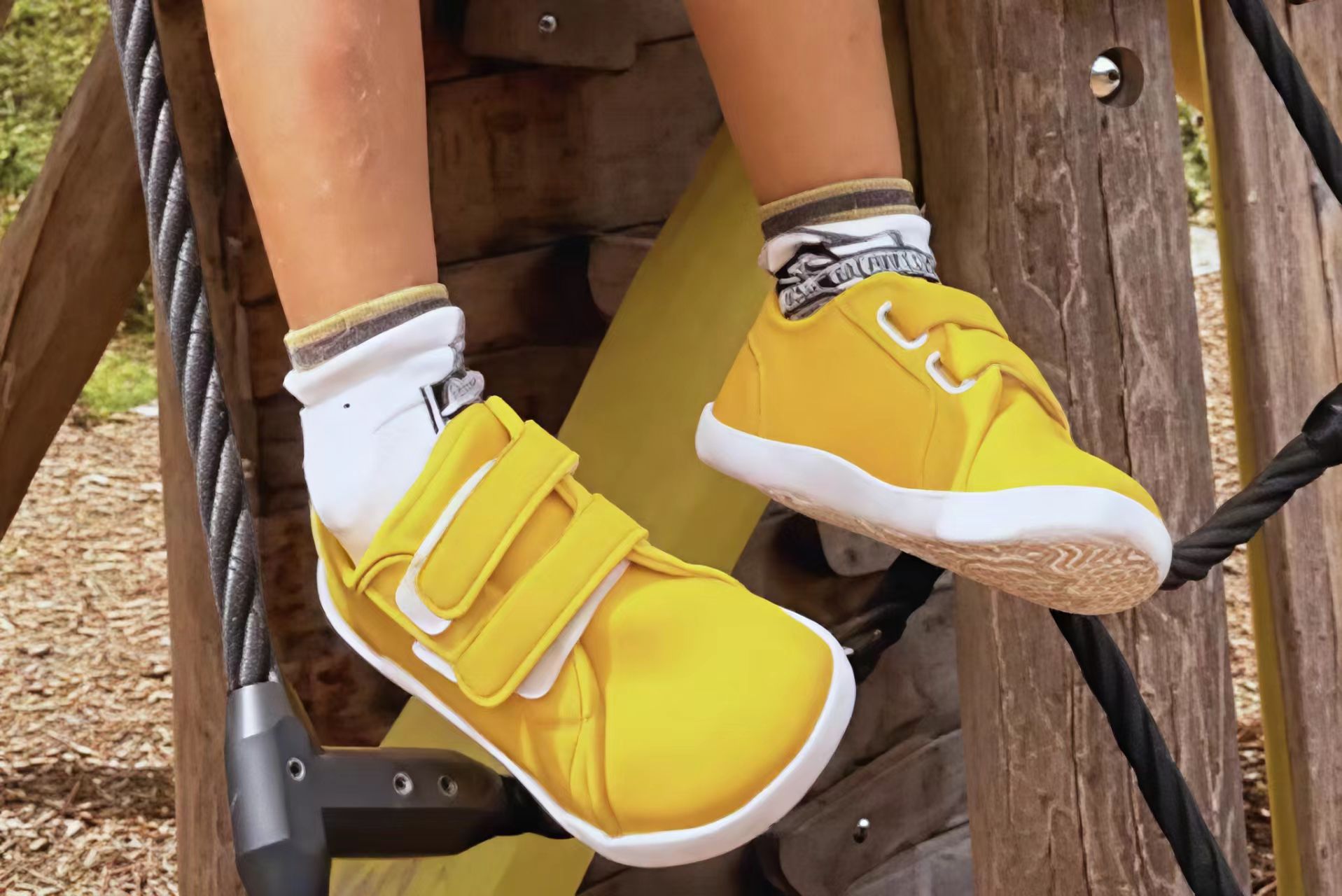Summer vacation is the most anticipated time for children – free from the constraints of schoolwork, they can run, play and explore the world to their heart’s content. In this vibrant season, why not let children take off their heavy shoes and experience the freedom of going barefoot? Scientific research shows that moderate barefoot activities have significant benefits for children’s foot development, balance sense and touch sense development.
1.Growing up barefoot: An Important Lesson Forgotten by Modern Life
Throughout the long history of human evolution, our feet were originally designed for walking barefoot. However, modern lifestyles have led to an increasing number of children being wrapped in thick shoes from the toddler stage, depriving them of the opportunity to have a direct conversation with the earth. Studies show that the period from 0 to 12 years old is a critical time for foot development. The experience of going barefoot during this stage will directly affect a child’s future gait, posture and even spinal health
2.Why do children need barefoot time?
Promote the healthy development of the feet
Modern children’s shoes often overly wrap around the feet, leading to a lack of exercise for the foot muscles and may even affect the natural formation of the arch of the foot. Walking barefoot allows children’s little feet to stretch freely, strengthens the muscles on the soles of their feet, helps form a healthy arch structure, and reduces the risk of flat feet.
Enhance balance and coordination abilities
When children walk barefoot on different ground surfaces, the nerves on the soles of their feet constantly receive external information, and their brains need to quickly adjust their body posture to maintain balance. This natural “sensory integration training” can significantly enhance children’s coordination and agility, and is more effective than deliberate practice.
Enhance tactile perception and stimulate the desire to explore
Children’s feet are covered with nerve endings. When they walk barefoot, they can feel the softness of the grass, the flow of sand grains, the coolness of the stream, and the hardness of the pebbles… These rich tactile stimuli can arouse children’s curiosity and make them explore nature more actively.

3.Cultivate healthy feet in stages
Infancy (0-1 year old) : Free kicking period
Let the baby move around barefoot more often and don’t put shoes on too early.
Encourage the baby to push off the ground with their feet when lying prone to exercise the leg muscles.
Choose soft and breathable socks to avoid restricting the development of your baby’s feet.
The toddler stage (1-3 years old) : The period of natural exploration
Try to learn to walk barefoot in a safe environment.
Let children’s feet experience different textures: grass, beach, and wooden floor.
If it is necessary for children to wear shoes, choose super-soft-soled walking shoes.
Childhood (3 to 12 years old) : A period of all-round development
Ensure at least 30 minutes of barefoot activity every day.
Try a variety of sports such as barefoot running and jumping.
Choose children’s barefoot shoes with strong functionality for protection when going out.
4.How can we ensure that children safely enjoy the fun of going barefoot?
Choose the appropriate barefoot environment
The beach: The fine and soft sand is the most natural “foot massage pad”, which can gently stimulate the acupoints on the soles of the feet.
Grassland: The flat lawn is safe and comfortable, suitable for children to run and roll around.
Indoor barefoot activities: At home, children can play barefoot on the floor or yoga mat to enhance their foot perception.
Barefoot shoes: Balance protection and freedom
When the outdoor ground is rough or requires certain protection, Barefoot Shoes can be chosen. This type of shoes features ultra-thin and flexible soles that simulate the feeling of going barefoot while providing basic protection against scratches from sharp objects.
Lightweight and breathable: Keep children’s little feet from feeling stuffy and sweaty.
Wide toe design: It provides sufficient space for the toes to move and avoids squeezing.
Zero-drop sole: The flat bottom design is more in line with natural gait and reduces interference to the arch of the foot.
Proceed step by step to allow your feet to adapt
If a child rarely goes barefoot in daily life, you can start with a short period of time, such as 10 to 15 minutes a day, and gradually increase the duration to allow the foot muscles to adapt slowly.
5.Let going barefoot become a new way of parent-child interaction
Let going barefoot become a new way of parent-child interaction
Summer vacation is not only a break for children, but also a great opportunity for parents to accompany their children in exploring the world. Why not go with your children:
✅ Barefoot walk: In the evening in the park or on the beach, feel the touch of different ground surfaces together.
✅ Barefoot game: Play the “Guess the ground” game, blindfolded and barefoot or wearing barefoot shoes to feel sand, grass, water and other materials.
✅ DIY barefoot trail: Pave a path at home or in the yard with pebbles, planks, sand, etc., allowing children to experience a variety of tactile sensations.

6.The three core values of barefoot education
Physiological development value
Promote the natural formation of the arch of the foot.
Strengthen the small muscle groups in the feet.
Improve physical balance ability.
Cultivate the correct gait pattern.
Sensory integration value
Enrich the tactile experience.
Enhance spatial perception.
Strengthen neural feedback.
Promote brain development.
The value of psychological growth
Enhance self-confidence.
Cultivate the spirit of exploration.
Establish a connection with nature.
Enhance body awareness.
7.Practical advice for parents
Step by step: Start with 15 minutes a day and gradually increase the time spent barefoot.
Safety first: Ensure that the environment is free of sharp objects and the temperature is appropriate.
Observation and adjustment: Pay attention to the child’s adaptation and make timely adjustments.
Professional consultation: Regular foot development check-ups.
Teaching by word and deed: Parents participate in barefoot activities together
Letting children have close contact with the earth from an early age is not only a summer gift for them, but also a lifelong health investment that benefits them. This summer, let’s rediscover the true power of our feet with our children and grow up happily in the freedom of going barefoot!
Contact us for more information on children’s barefoot health and children’s barefoot shoes!
Health tip: After barefoot activities, you can teach your child some simple foot relaxation exercises.
Toe grip exercise (30 seconds)
Arch massage (1 minute for each foot)
Ankle rotation (10 rotations on each side)
Calf stretch (hold for 15 seconds on each side)




